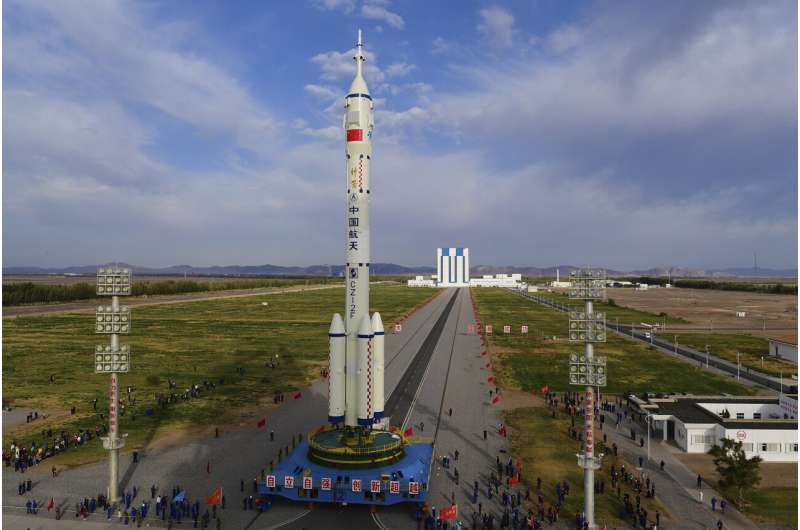Virgin Galactic postpones SpaceShipTwo flight, begins maintenance period
Friday, 15 October 2021 01:34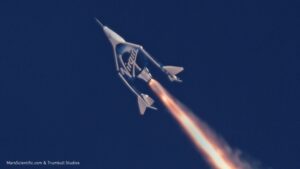
Virgin Galactic will postpone a SpaceShipTwo suborbital spaceflight that had been scheduled for this month, electing to instead immediately begin an extended maintenance period for the spaceplane and its carrier aircraft that will further delay the start of commercial flights.
Kendall looks to accelerate appointment of civilian leader to oversee Space Force acquisitions
Thursday, 14 October 2021 22:48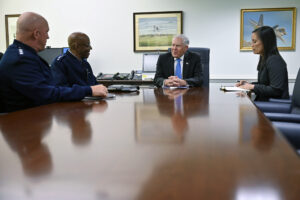
Air Force Secretary Frank Kendall is asking Congress to authorize a new assistant secretary for space acquisitions before the Oct. 1, 2022, date that was set in the 2020 National Defense Authorization Act.
Space Force wants to learn how venture capitalists assess startups
Thursday, 14 October 2021 21:06
An agreement just announced between the U.S. Space Force and a venture capital firm is a pilot project intended to help government buyers understand how investors assess space industry startups.
Rocket Lab acquires software company as it plans additional deals
Thursday, 14 October 2021 20:23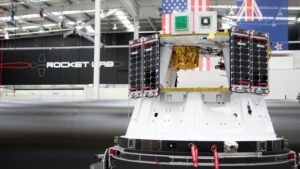
Rocket Lab’s acquisition of an aerospace software company is one of a series of deals it is considering, enabled in part by going public.
Iceye officially joins Copernicus Earth-observation Program
Thursday, 14 October 2021 18:07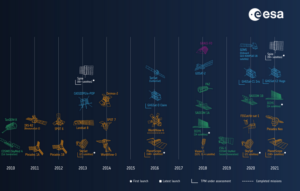
Iceye won a contract to provide data from its constellation of small synthetic-aperture radar satellites to Copernicus, the European Union program aimed at providing continuous, global Earth observation.
Japanese billionaire Maezawa 'not afraid' ahead of ISS launch
Thursday, 14 October 2021 17:16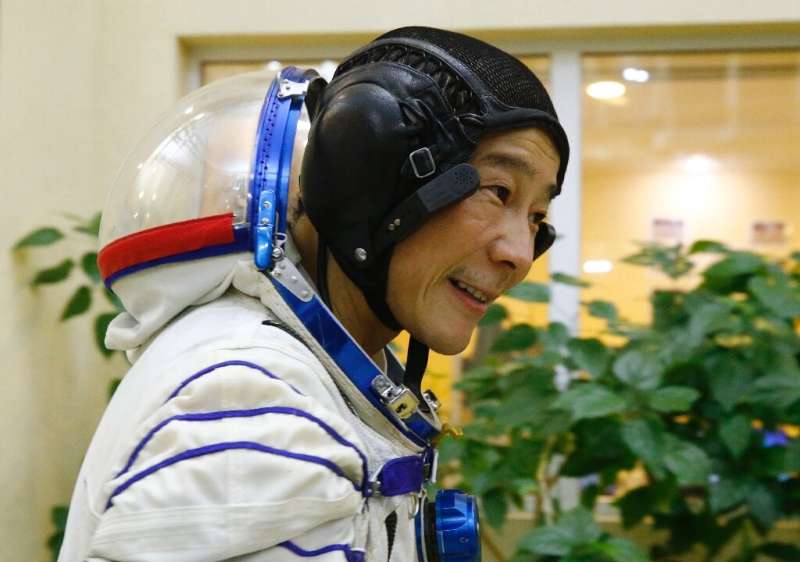
Japanese billionaire Yusaku Maezawa said Thursday he had no fear ahead of his "dream-come-true" launch to the International Space Station (ISS), a Russian project aimed at boosting its space tourism credentials.
The mission is one of several this year by non-professional astronauts, including 90-year-old "Star Trek" actor William Shatner who on Wednesday completed a space flight on board a Blue Origin rocket.
Maezawa, 45, is the founder of Japan's largest online fashion mall and the country's 30th richest man, according to Forbes.
"I've got a list of one hundred things I want to do on the station like play badminton," Maezawa said at a news conference on Thursday.
"The closer it gets the more excited I get. I'm not afraid or worried," he said.
Maezawa and his assistant are set to blast off from the Russia-leased Baikonur cosmodrome in Kazakhstan in December, accompanied by Russia cosmonaut Alexander Misurkin.
Lucy in the sky: Spacecraft will visit record 8 asteroids
Thursday, 14 October 2021 17:06
Attention asteroid aficionados: NASA is set to launch a series of spacecraft to visit and even bash some of the solar system's most enticing space rocks.
The robotic trailblazer named Lucy is up first, blasting off this weekend on a 12-year cruise to swarms of asteroids out near Jupiter—unexplored time capsules from the dawn of the solar system. And yes, there will be diamonds in the sky with Lucy, on one of its science instruments, as well as lyrics from other Beatles' songs.
Arianespace launches OneWeb past the halfway mark
Thursday, 14 October 2021 17:02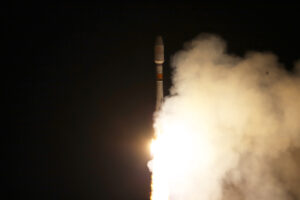
OneWeb has contacted all 36 satellites launched from Russia’s Vostochny Cosmodrome Oct. 14, enlarging the broadband constellation beyond its halfway mark toward full deployment next year.
Orbit Fab signs technology sharing agreement with U.S. Air Force Research Laboratory
Thursday, 14 October 2021 16:40
Orbit Fab, a venture-funded startup offering a refueling service in space, has signed a technology sharing agreement with the U.S. Air Force Research Laboratory.
Hubble finds evidence of persistent water vapor in one hemisphere of Europa
Thursday, 14 October 2021 15:00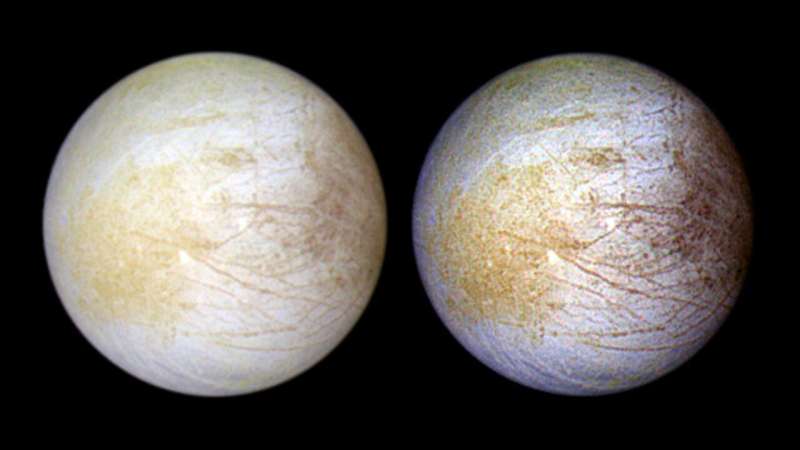
China launches first solar observatory, tests grid fins
Thursday, 14 October 2021 12:02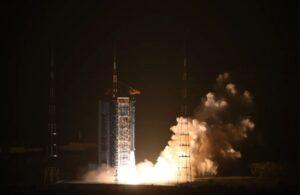
China carried out its 37th orbital launch of the year Thursday, successfully sending the Chinese H-alpha Solar Explorer and 10 other satellites into orbit.
Russian Soyuz rocket launches 36 new UK satellites
Thursday, 14 October 2021 12:00A Russian Soyuz rocket on Thursday blasted into space carrying 36 new satellites from British operator OneWeb, which aims to provide broadband internet everywhere in the world.
The rocket, operated by Europe's Arianespace, took off at 0940 GMT from the Vostochny cosmodrome in Russia's Far East, broadcast live by the country's Roscosmos space agency.
"LIFTOFF!" Roscosmos tweeted after the launch—the seventh this year carrying OneWeb satellites.
OneWeb, a London-headquartered company, is working to complete the construction of a constellation of low earth orbit satellites providing enhanced broadband and other services to countries around the world.
The company is competing in the race to provide fast internet for the world's remote areas via satellites along with tech billionaire Elon Musk and fellow billionaire Jeff Bezos of Amazon.
The UK company plans for its global commercial internet service to be operational by next year, supported by some 650 satellites.
Arianespace, which has worked with Russia for close to two decades, is under contract to make 16 Soyuz launches between December 2020 and the end of 2022.
With this latest mission, a total of 358 satellites are now in orbit for the constellation, Roscosmos said.
Explore further
Leaf Space establishes five new ground stations
Thursday, 14 October 2021 12:00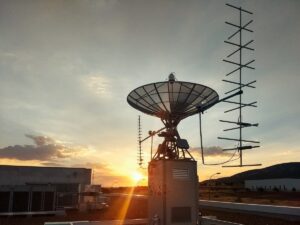
Italian ground segment provider Leaf Space announced plans Oct. 14 to add five ground stations to its global Leaf Line Network.
Space Perspective raises $40 million for stratospheric ballooning system
Thursday, 14 October 2021 11:00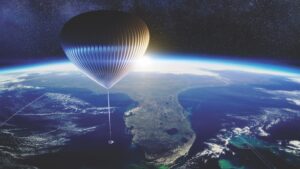
Space Perspective, a company developing a stratospheric ballooning system intended to give people views like those from space, has raised $40 million to fund the company through the start of commercial operations.
China set to send 3 astronauts on longest crewed mission yet
Thursday, 14 October 2021 08:36